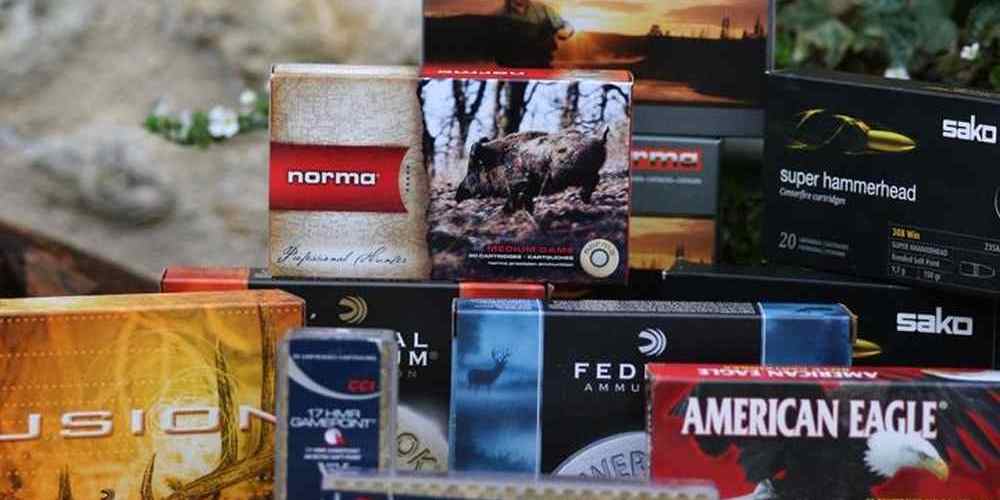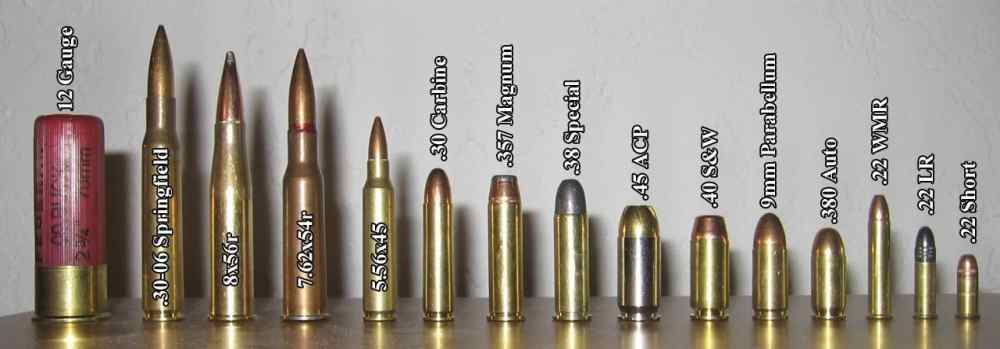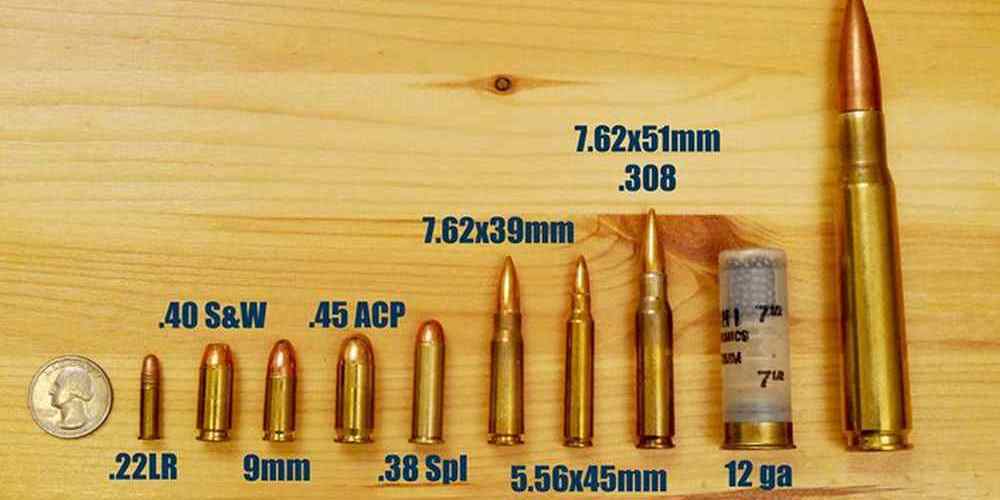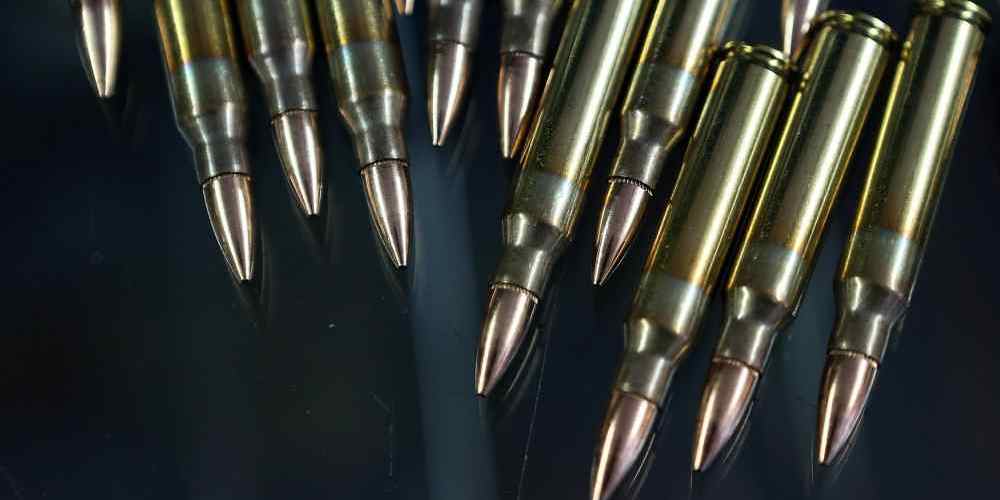“Maximize accuracy and range with the right ballistic coefficient.”
Understanding Ballistic Coefficients and Their Impact on Long-Range Precision Shooting
When it comes to long-range precision shooting, choosing the right rifle ammunition is crucial. One of the key factors that can influence the performance of your ammunition is the ballistic coefficient. Understanding what ballistic coefficients are and how they impact your shooting can help you make more informed decisions when selecting ammunition for your rifle.
Ballistic coefficient, often abbreviated as BC, is a measure of how well a bullet retains its velocity and energy as it travels through the air. In simple terms, a bullet with a higher ballistic coefficient will be less affected by factors such as wind resistance and gravity, allowing it to maintain its trajectory over longer distances. This can result in more accurate and consistent shots at extended ranges.
There are several factors that can affect the ballistic coefficient of a bullet, including its shape, weight, and velocity. Bullets with a sleek, aerodynamic design will typically have higher ballistic coefficients than those with a more blunt or irregular shape. Additionally, heavier bullets tend to have higher ballistic coefficients than lighter ones, as they are able to retain their energy better over long distances.
Velocity also plays a significant role in determining the ballistic coefficient of a bullet. Generally speaking, bullets that travel at higher speeds will have higher ballistic coefficients, as they are able to overcome air resistance more effectively. This is why many long-range shooters opt for high-velocity cartridges when looking to maximize their shooting performance.
When choosing rifle ammunition for long-range precision shooting, it is important to consider the ballistic coefficient of the bullets you are using. Higher BC bullets will generally offer better performance at longer ranges, as they are able to maintain their trajectory more effectively. However, it is also important to remember that other factors, such as wind conditions and shooter skill, can also impact the accuracy of your shots.
In addition to considering the ballistic coefficient of your ammunition, it is also important to take into account other factors that can affect long-range shooting performance. These include the quality of your rifle, the consistency of your shooting technique, and the environmental conditions in which you are shooting. By taking a holistic approach to long-range precision shooting, you can maximize your chances of hitting your target consistently and accurately.
In conclusion, ballistic coefficients play a crucial role in determining the performance of rifle ammunition for long-range precision shooting. By understanding how BC values are calculated and how they impact bullet performance, you can make more informed decisions when selecting ammunition for your rifle. Remember to consider factors such as bullet shape, weight, and velocity when choosing ammunition, and always take into account other variables that can affect your shooting performance. With the right combination of factors and a solid understanding of ballistic coefficients, you can improve your long-range shooting accuracy and consistency.
Comparing Different Rifle Ammunition Choices Based on Ballistic Coefficients
When it comes to choosing the right rifle ammunition for long-range precision shooting, one of the key factors to consider is the ballistic coefficient of the bullet. The ballistic coefficient, often referred to as BC, is a measure of how well a bullet can overcome air resistance as it travels through the air. In simple terms, a higher BC means that the bullet will retain its velocity and energy better over long distances, resulting in more accurate and consistent shots.

When comparing different rifle ammunition choices based on their ballistic coefficients, it’s important to understand how BC is calculated and how it affects the performance of the bullet. BC is determined by the shape and weight of the bullet, as well as its sectional density. Bullets with a higher BC are typically longer and more streamlined, which allows them to maintain their velocity and energy better as they travel through the air.
One of the most popular ways to compare different rifle ammunition choices based on their ballistic coefficients is to look at the G1 or G7 BC values. The G1 BC is a standard reference model that is used to compare the performance of different bullets, while the G7 BC is a more modern model that takes into account the shape of the bullet more accurately. When comparing bullets with different BC values, it’s important to keep in mind that the G7 BC is generally more accurate for long-range shooting.
When choosing rifle ammunition for long-range precision shooting, it’s important to consider the trade-offs between BC and other factors such as bullet weight and muzzle velocity. Bullets with a higher BC tend to be heavier and have a higher muzzle velocity, which can result in better long-range performance. However, these bullets may also have more recoil and require more precise shooting techniques to achieve consistent accuracy.
In addition to considering the ballistic coefficient of the bullet, it’s also important to take into account other factors such as wind drift, bullet drop, and terminal ballistics. Wind drift refers to the effect of wind on the trajectory of the bullet, while bullet drop refers to the decrease in velocity and energy as the bullet travels through the air. Terminal ballistics refers to the performance of the bullet upon impact with the target, including factors such as penetration and expansion.
When comparing different rifle ammunition choices based on their ballistic coefficients, it’s important to consider the specific requirements of your shooting situation. For long-range precision shooting, bullets with a high BC are generally preferred, as they offer better accuracy and consistency over long distances. However, it’s also important to consider other factors such as bullet weight, muzzle velocity, and terminal ballistics to ensure that you choose the right ammunition for your needs.
In conclusion, when choosing rifle ammunition for long-range precision shooting, the ballistic coefficient of the bullet is a key factor to consider. Bullets with a higher BC are generally preferred for long-range shooting, as they offer better accuracy and consistency over long distances. However, it’s also important to consider other factors such as wind drift, bullet drop, and terminal ballistics to ensure that you choose the right ammunition for your specific shooting situation. By carefully comparing different rifle ammunition choices based on their ballistic coefficients, you can make an informed decision that will help you achieve better long-range precision.
Tips for Selecting the Best Rifle Ammunition for Long-Range Precision Shooting
When it comes to long-range precision shooting, selecting the right rifle ammunition is crucial. One of the key factors that can greatly influence the performance of your ammunition is the ballistic coefficient. The ballistic coefficient, often referred to as BC, is a measure of how well a bullet can overcome air resistance as it travels through the air. In simple terms, a higher BC means that the bullet will retain its velocity and energy better over long distances, resulting in more accurate and consistent shots.
When choosing rifle ammunition for long-range precision shooting, it is important to consider the ballistic coefficient of the bullets you are using. Higher BC bullets are generally preferred for long-range shooting as they are less affected by wind drift and other environmental factors. This means that you will have a better chance of hitting your target accurately at extended distances.
There are several factors that can affect the ballistic coefficient of a bullet, including its shape, weight, and velocity. Bullets with a sleek, aerodynamic shape tend to have higher BCs, as they are able to cut through the air more efficiently. Heavier bullets also tend to have higher BCs, as they retain their energy better over long distances. Additionally, bullets that are fired at higher velocities will typically have higher BCs, as they are able to maintain their speed and trajectory for longer.
When selecting rifle ammunition for long-range precision shooting, it is important to choose bullets with a high ballistic coefficient. This will help to ensure that your shots are more accurate and consistent, even at extended distances. There are many different types of bullets available on the market, each with its own unique BC. It is important to do your research and choose the best ammunition for your specific shooting needs.
One popular type of high-BC bullet is the boat-tail bullet. Boat-tail bullets have a tapered base that helps to reduce drag and improve aerodynamics, resulting in a higher BC. These bullets are commonly used in long-range precision shooting due to their superior performance at extended distances. Another type of bullet that is known for its high BC is the polymer-tipped bullet. These bullets have a plastic tip that helps to streamline the bullet’s shape and improve its ballistic coefficient.
In addition to choosing bullets with a high ballistic coefficient, it is also important to consider other factors that can affect the performance of your rifle ammunition. Factors such as bullet weight, muzzle velocity, and rifling twist rate can all impact the accuracy and consistency of your shots. It is important to experiment with different types of ammunition and find the best combination for your specific rifle and shooting style.
In conclusion, selecting the right rifle ammunition for long-range precision shooting is essential for achieving accurate and consistent results. By choosing bullets with a high ballistic coefficient, you can improve the performance of your ammunition and increase your chances of hitting your target at extended distances. Experiment with different types of bullets and find the best combination for your specific shooting needs. With the right ammunition and practice, you can become a skilled long-range precision shooter.
Exploring the Relationship Between Ballistic Coefficients and Wind Drift in Long-Range Shooting
Long-range shooting requires a high level of precision and accuracy, especially when dealing with factors such as wind drift. One key factor that influences the performance of rifle ammunition in long-range shooting is the ballistic coefficient. The ballistic coefficient of a bullet is a measure of its ability to overcome air resistance as it travels through the air. In simple terms, a bullet with a higher ballistic coefficient will retain its velocity and energy better than a bullet with a lower ballistic coefficient.
When choosing rifle ammunition for long-range shooting, it is important to consider the ballistic coefficient of the bullets being used. Bullets with higher ballistic coefficients will be less affected by wind drift, allowing for more accurate shots at longer distances. This is because bullets with higher ballistic coefficients are able to maintain their velocity and energy better, resulting in less drop and drift as they travel through the air.
In practical terms, this means that shooters who are looking to achieve greater precision in long-range shooting should opt for ammunition with higher ballistic coefficients. This will help to minimize the impact of wind drift on the trajectory of the bullet, resulting in more consistent and accurate shots. Additionally, bullets with higher ballistic coefficients will also retain their energy better, allowing for more consistent terminal performance on target.
It is important to note that the ballistic coefficient of a bullet is not the only factor that influences its performance in long-range shooting. Factors such as bullet weight, velocity, and shape also play a role in determining how a bullet will perform at longer distances. However, the ballistic coefficient is a key factor to consider when choosing rifle ammunition for long-range shooting.
When comparing different types of rifle ammunition, it is helpful to look at the published ballistic coefficients for each bullet. These values are typically provided by the manufacturer and can be used to compare the performance of different bullets. Bullets with higher ballistic coefficients will generally perform better in long-range shooting scenarios, as they are less affected by wind drift and other external factors.
In conclusion, the ballistic coefficient of a bullet plays a significant role in determining its performance in long-range shooting. Bullets with higher ballistic coefficients will be less affected by wind drift, resulting in more accurate shots at longer distances. When choosing rifle ammunition for long-range shooting, it is important to consider the ballistic coefficient of the bullets being used. By selecting ammunition with higher ballistic coefficients, shooters can achieve greater precision and accuracy in their long-range shooting endeavors.
Case Studies of Long-Range Precision Shooters Using Various Ammunition Types and Ballistic Coefficients
Long-range precision shooting requires a combination of skill, practice, and the right equipment. One crucial factor that can greatly impact the accuracy and performance of a rifle is the ballistic coefficient of the ammunition being used. Ballistic coefficient, often abbreviated as BC, is a measure of how well a bullet retains its velocity and energy as it travels through the air. In simple terms, a higher BC means better aerodynamic efficiency, which translates to less drop and drift, resulting in more accurate shots at longer distances.
To illustrate the importance of ballistic coefficients in long-range shooting, let’s take a look at some case studies of precision shooters using various types of ammunition with different BC values.
Case Study 1: Shooter A is using a standard hunting round with a BC of 0.400. While this ammunition may be suitable for short to medium-range shooting, Shooter A struggles to consistently hit targets beyond 500 yards due to the significant drop and wind drift experienced with this lower BC round. Despite their best efforts, Shooter A’s shots consistently fall short of the mark, leading to frustration and missed opportunities.
Case Study 2: Shooter B, on the other hand, is using a match-grade bullet with a BC of 0.600. With this higher BC ammunition, Shooter B is able to achieve remarkable accuracy at distances well beyond 500 yards. The reduced drop and wind drift allow Shooter B to consistently hit targets with precision, even in challenging conditions. As a result, Shooter B is able to outperform Shooter A and consistently place at the top of long-range shooting competitions.
Case Study 3: Shooter C decides to experiment with a custom handloaded round with a BC of 0.700. This ultra-high BC ammunition offers even greater aerodynamic efficiency, resulting in minimal drop and drift over long distances. Shooter C is able to achieve unparalleled accuracy and consistency, hitting targets with pinpoint precision at distances that were previously thought to be unreachable. The investment in custom handloaded ammunition pays off, as Shooter C becomes known as a long-range shooting prodigy.
In each of these case studies, the ballistic coefficient of the ammunition used played a significant role in determining the shooters’ success in long-range precision shooting. The higher the BC, the better the performance of the bullet in terms of accuracy and consistency at extended ranges. While standard hunting rounds may suffice for shorter distances, serious long-range shooters understand the importance of selecting ammunition with a high BC to maximize their potential on the range.
When choosing ammunition for long-range shooting, it is essential to consider the ballistic coefficient of the bullets being used. By selecting ammunition with a higher BC, shooters can improve their accuracy, reduce drop and drift, and ultimately achieve better results at longer distances. Whether using off-the-shelf match-grade rounds or investing in custom handloaded ammunition, shooters who prioritize ballistic coefficients in their ammunition choice are more likely to excel in the world of long-range precision shooting.







